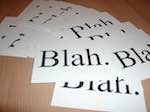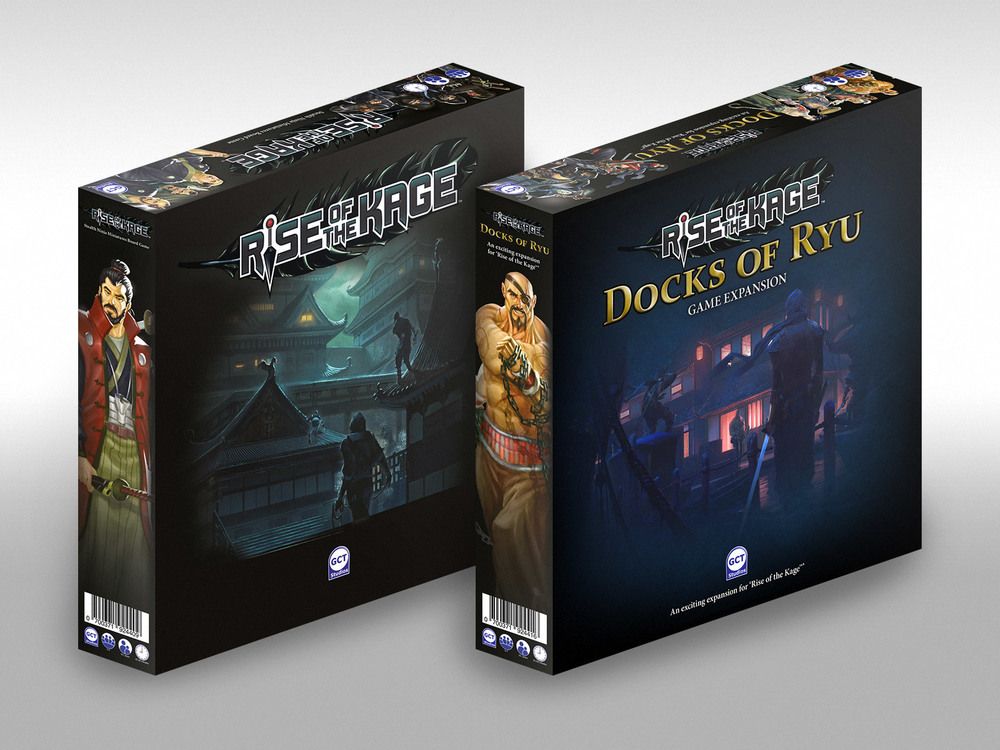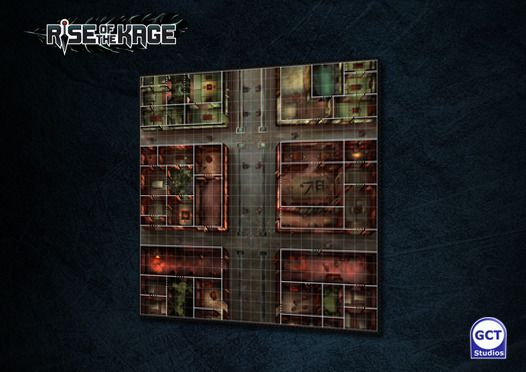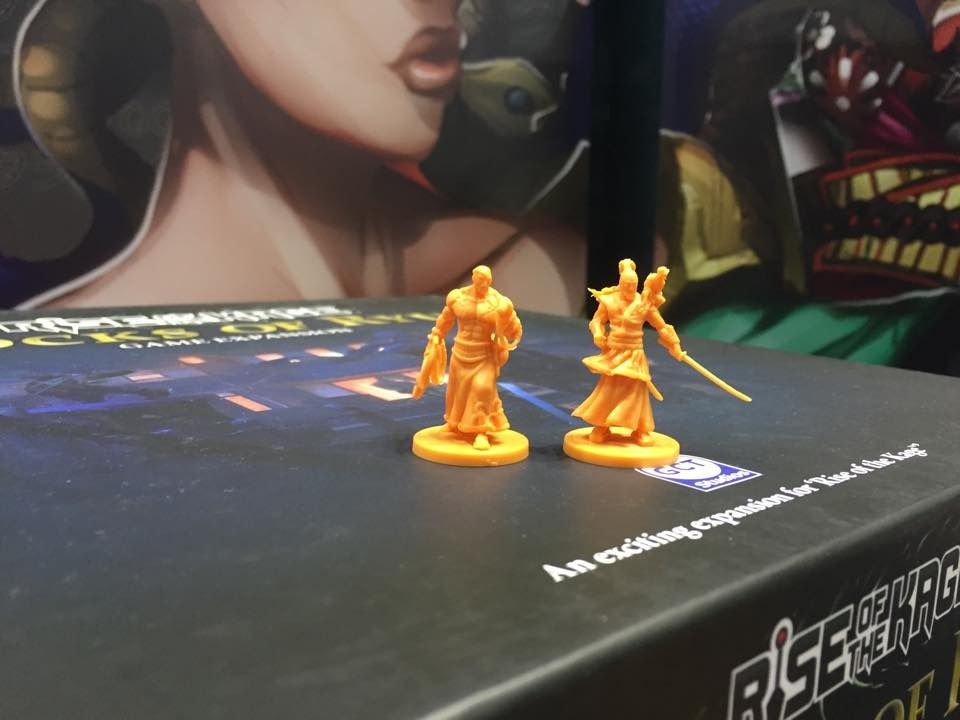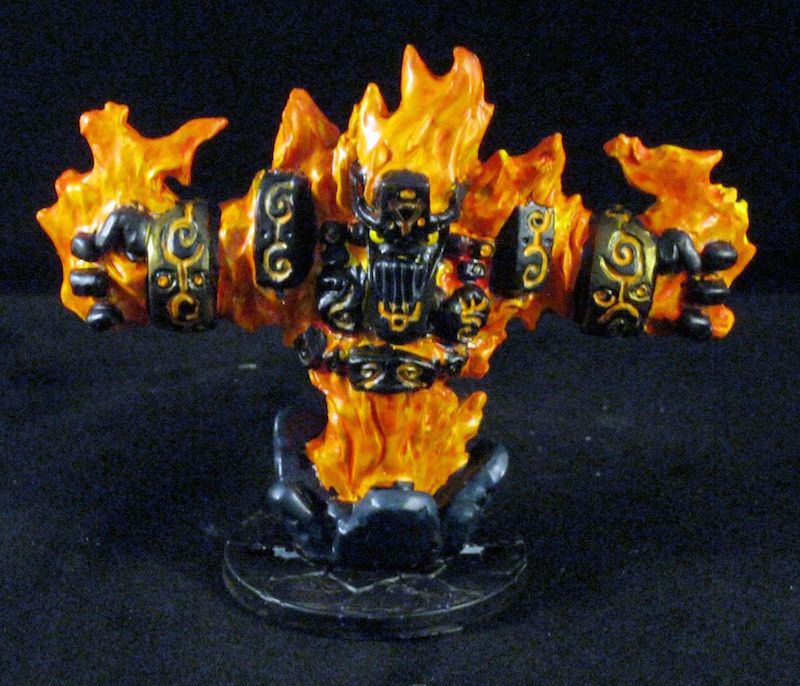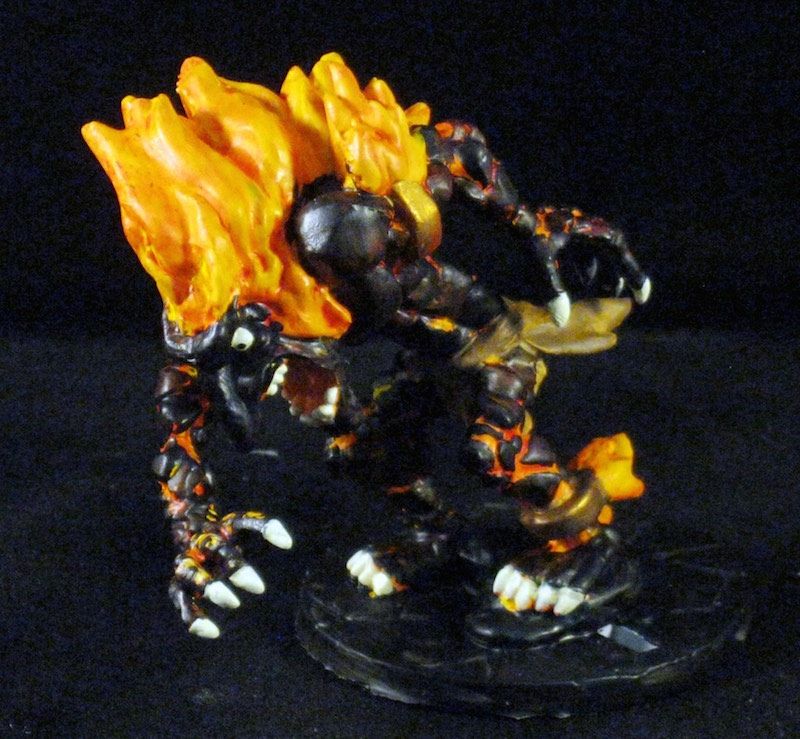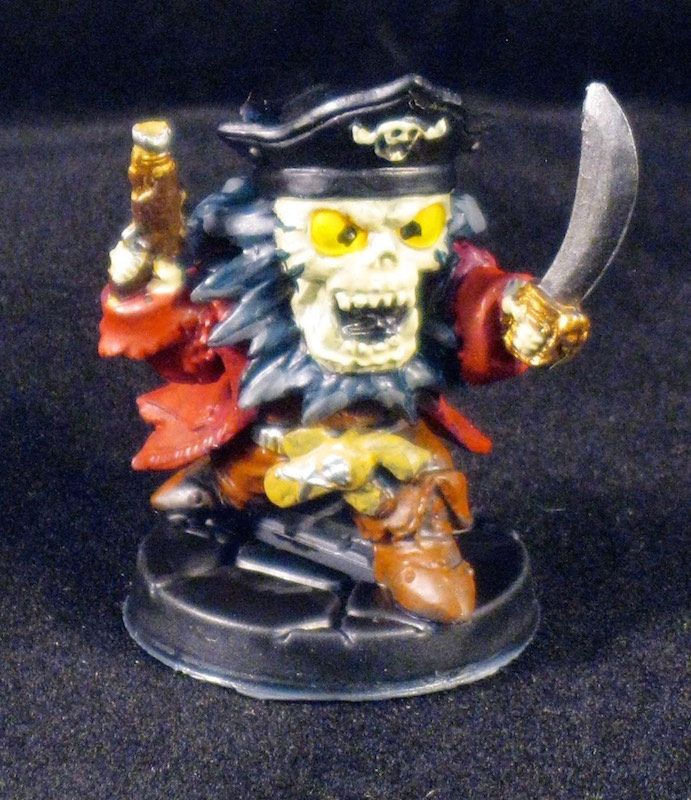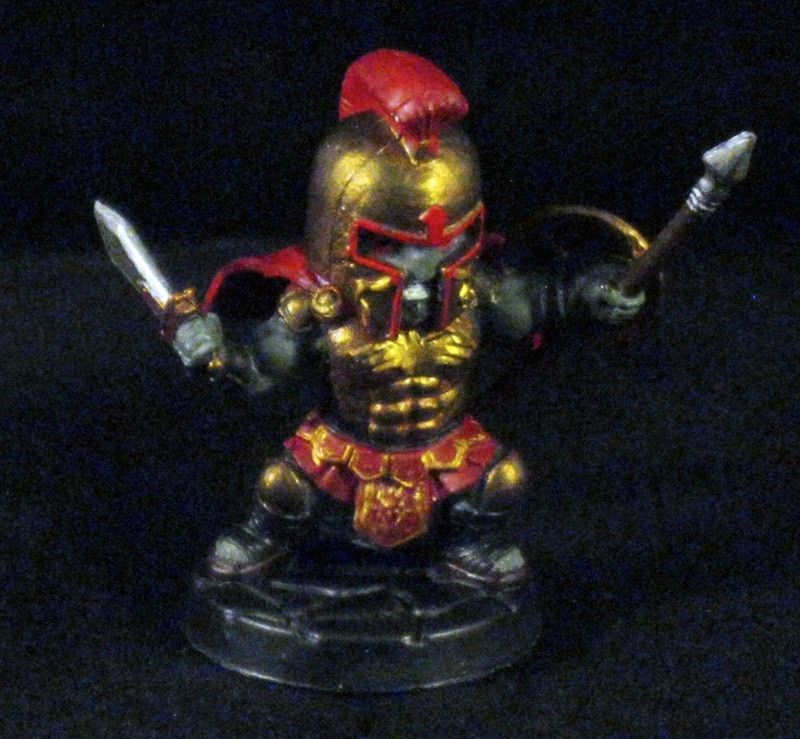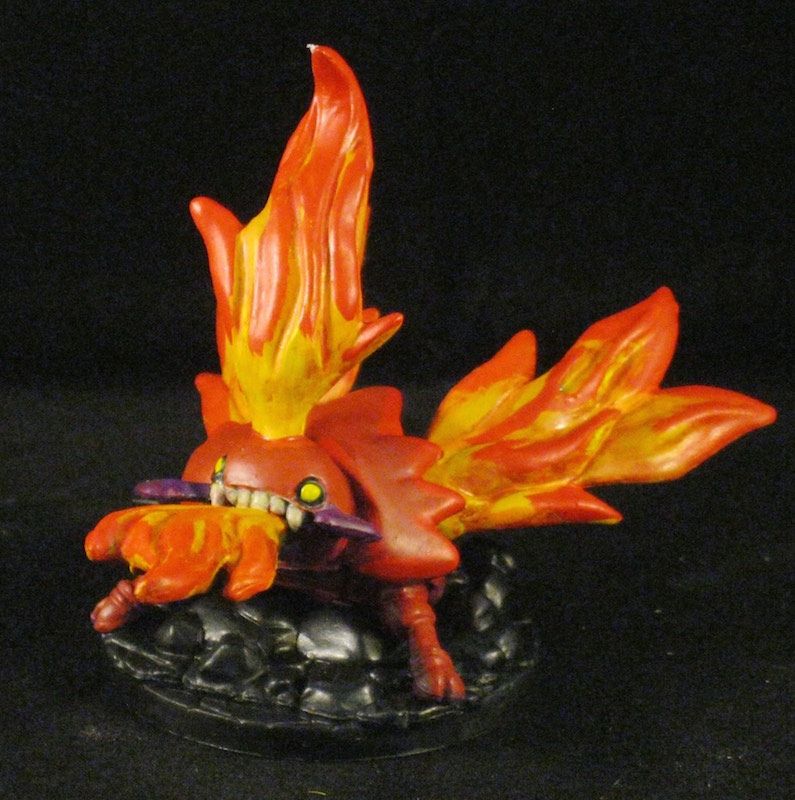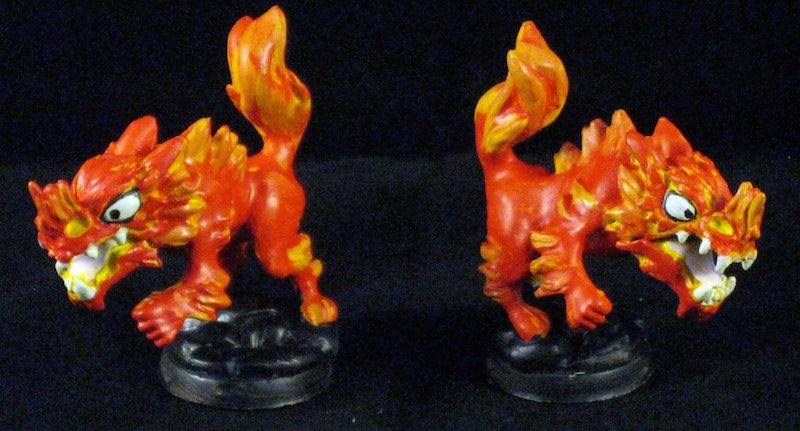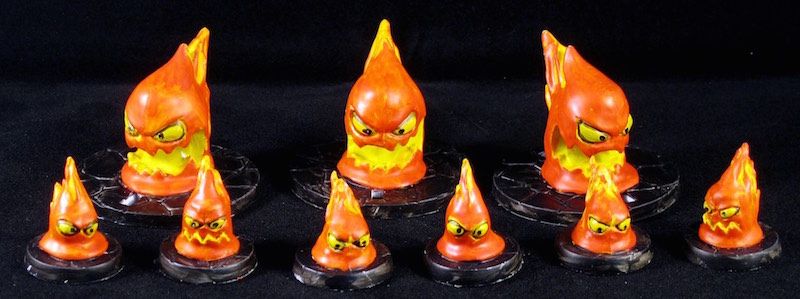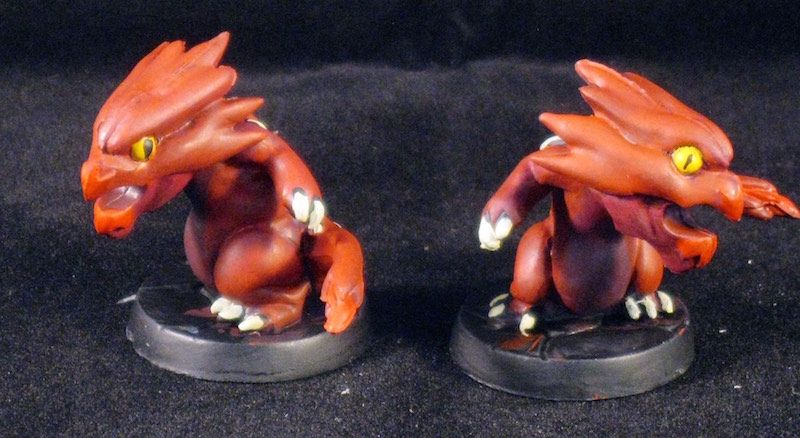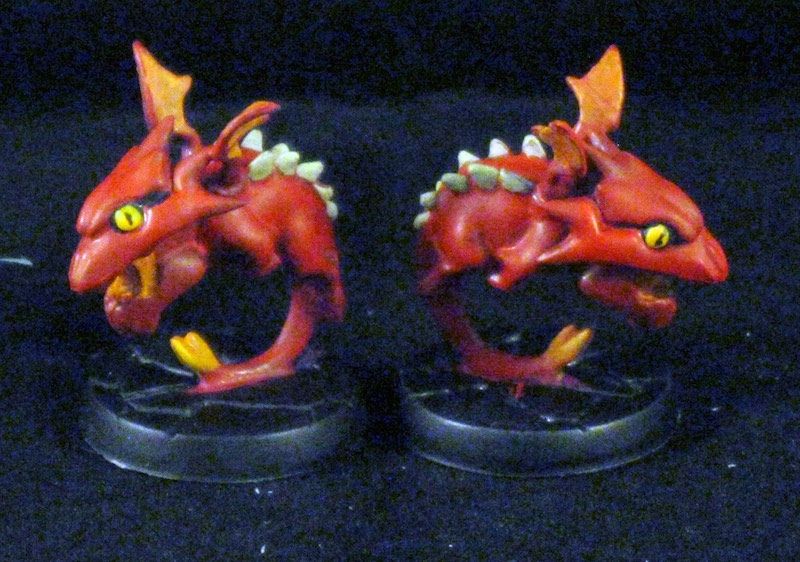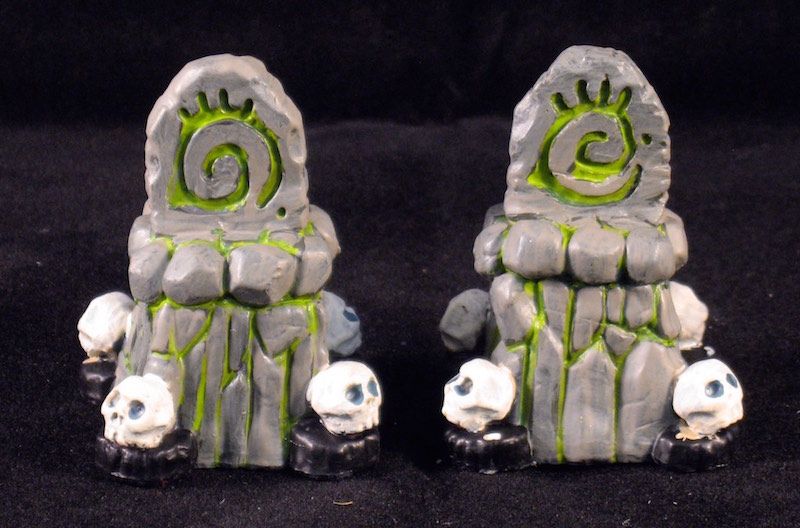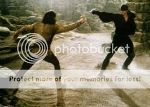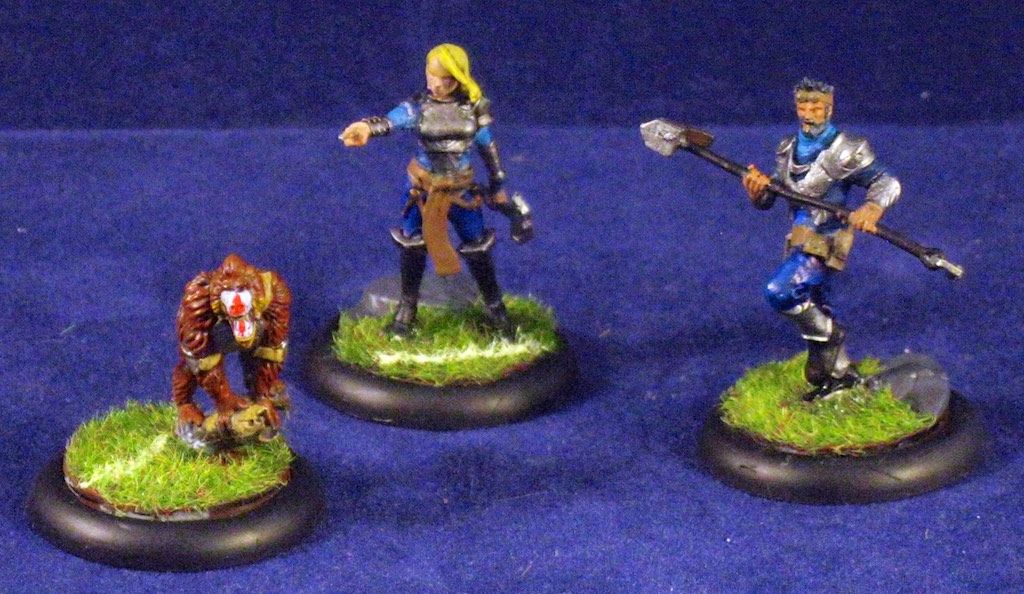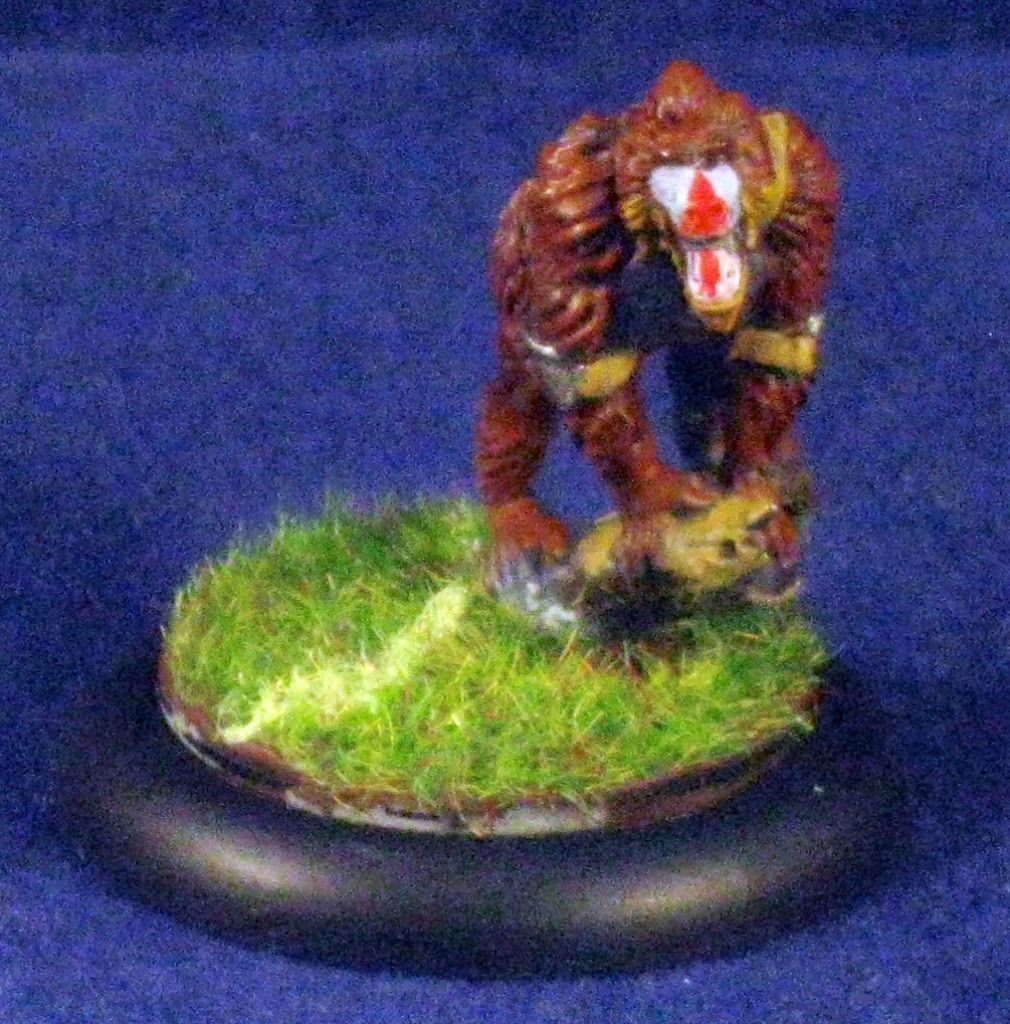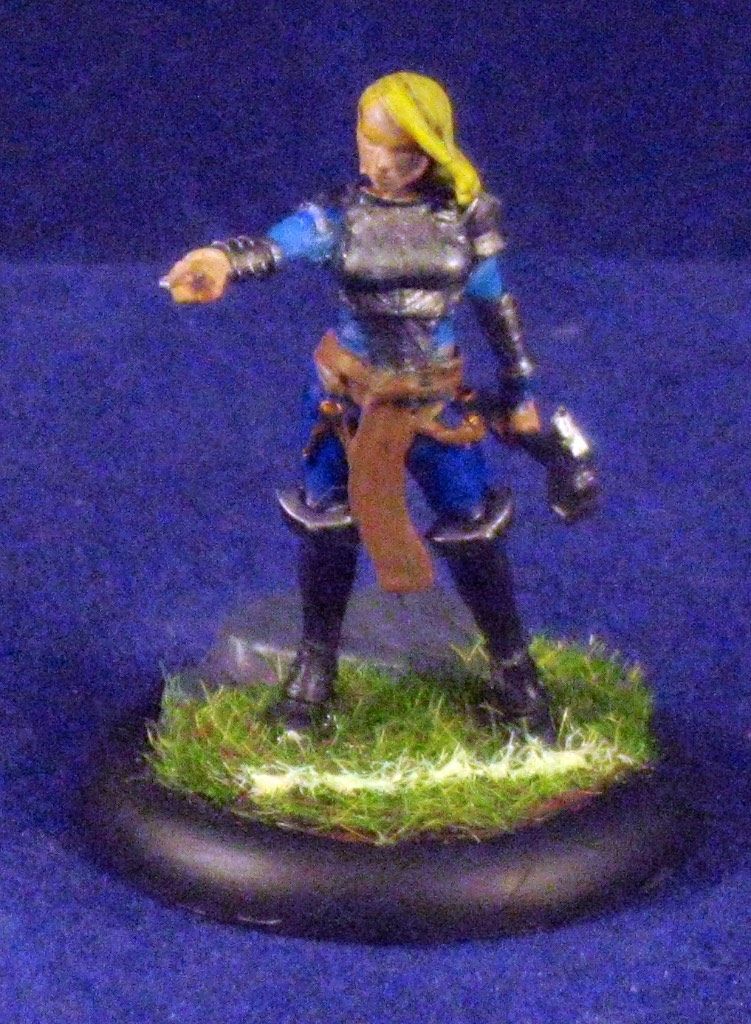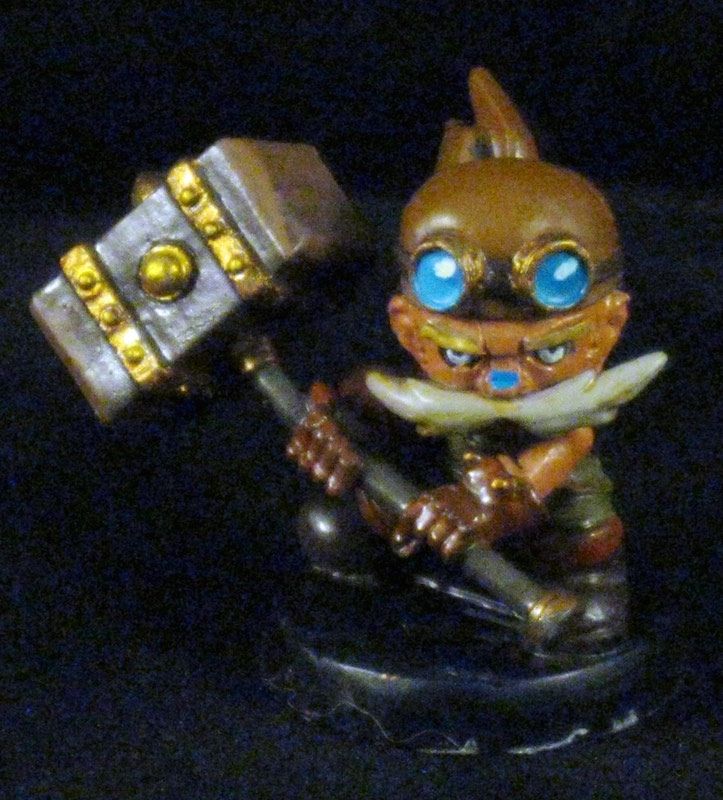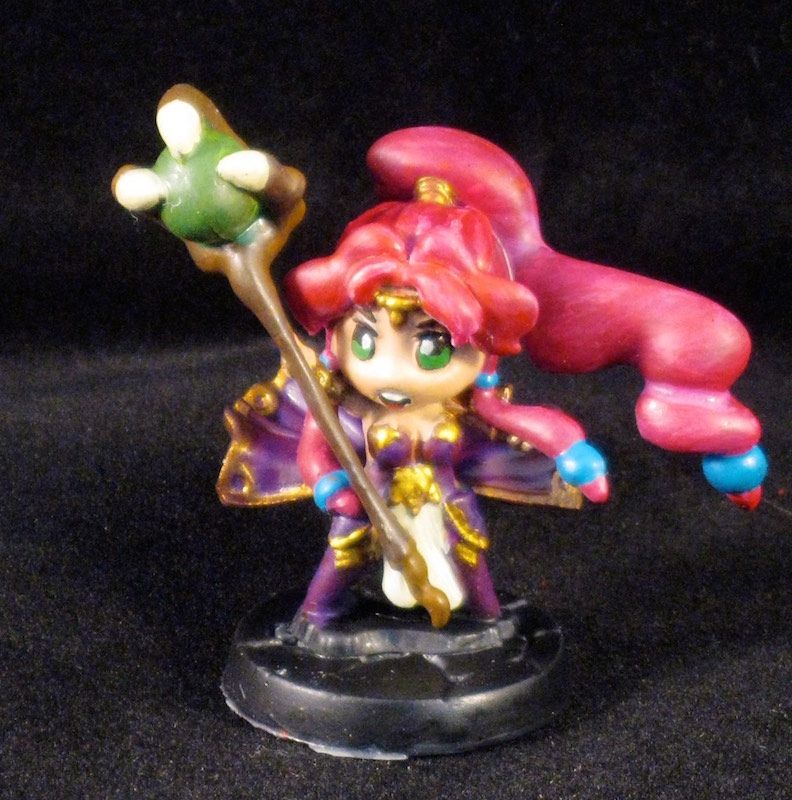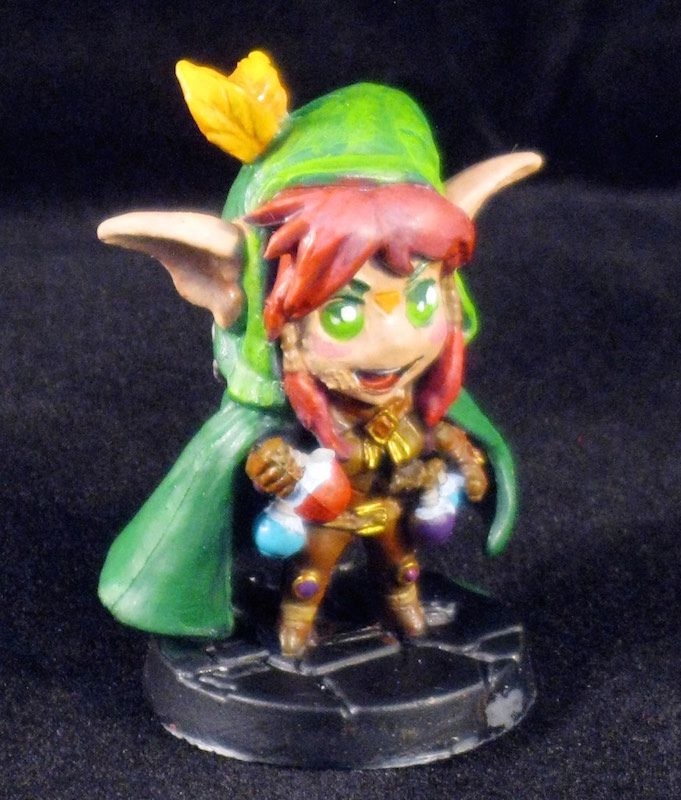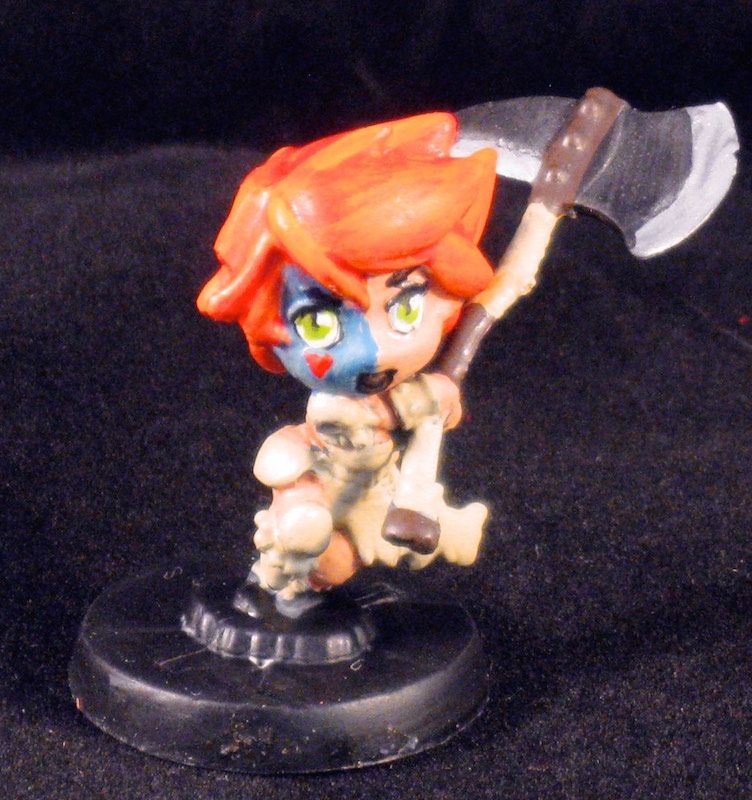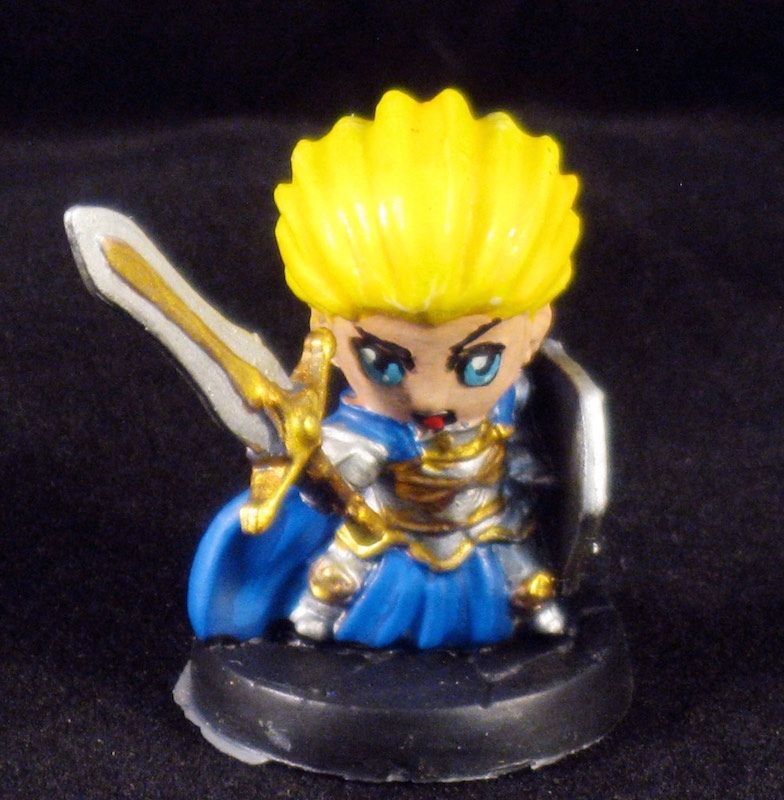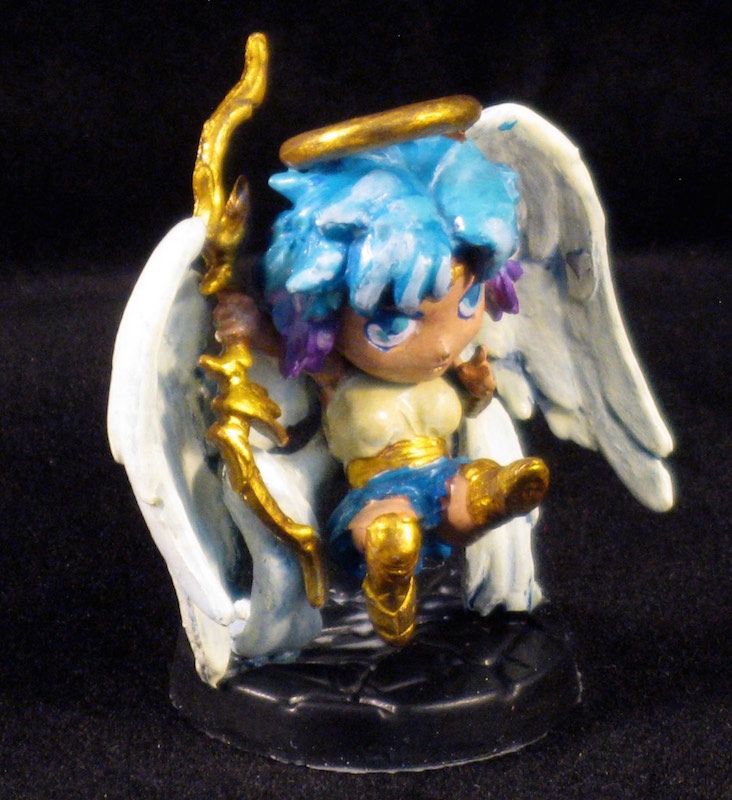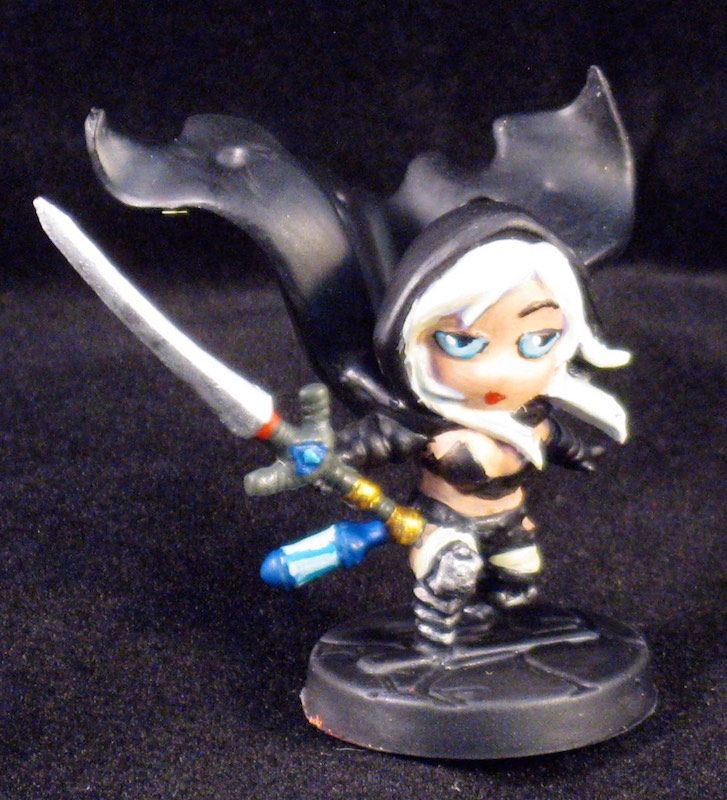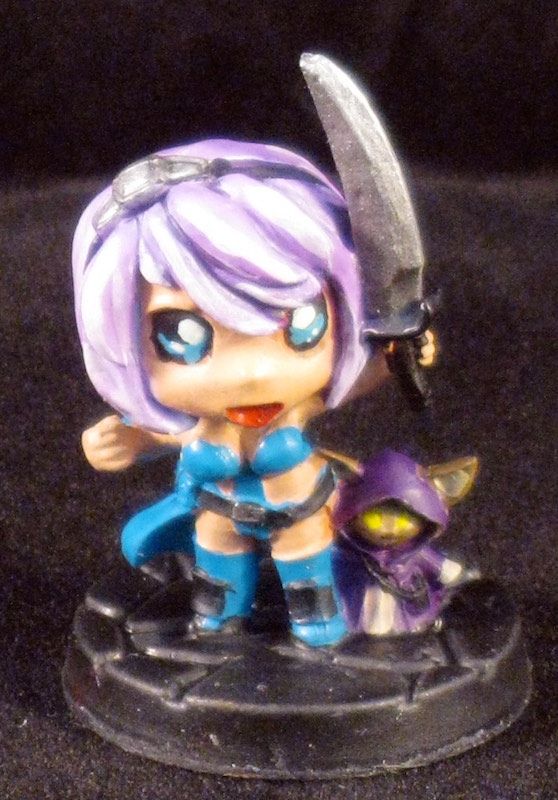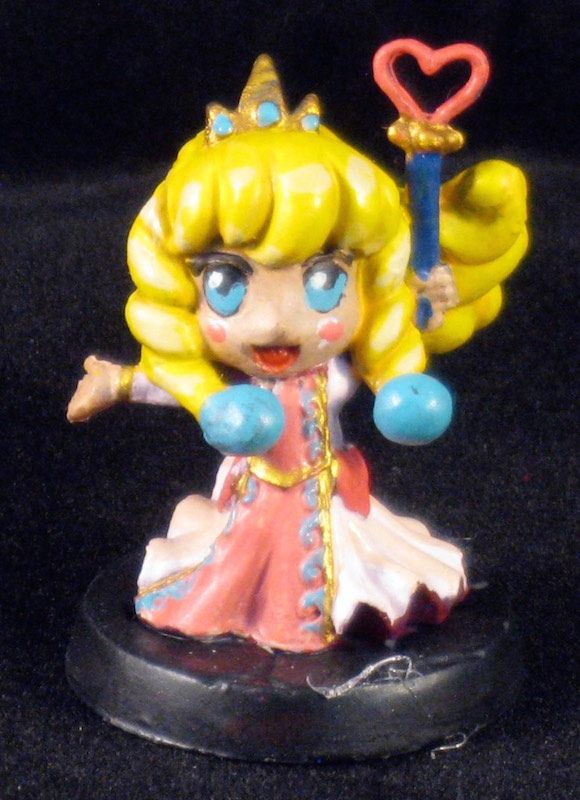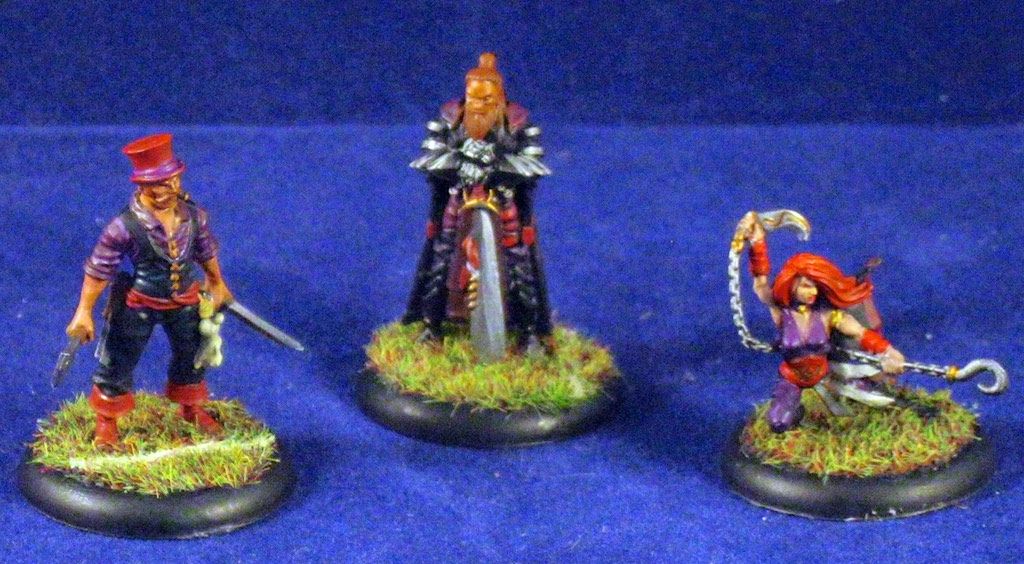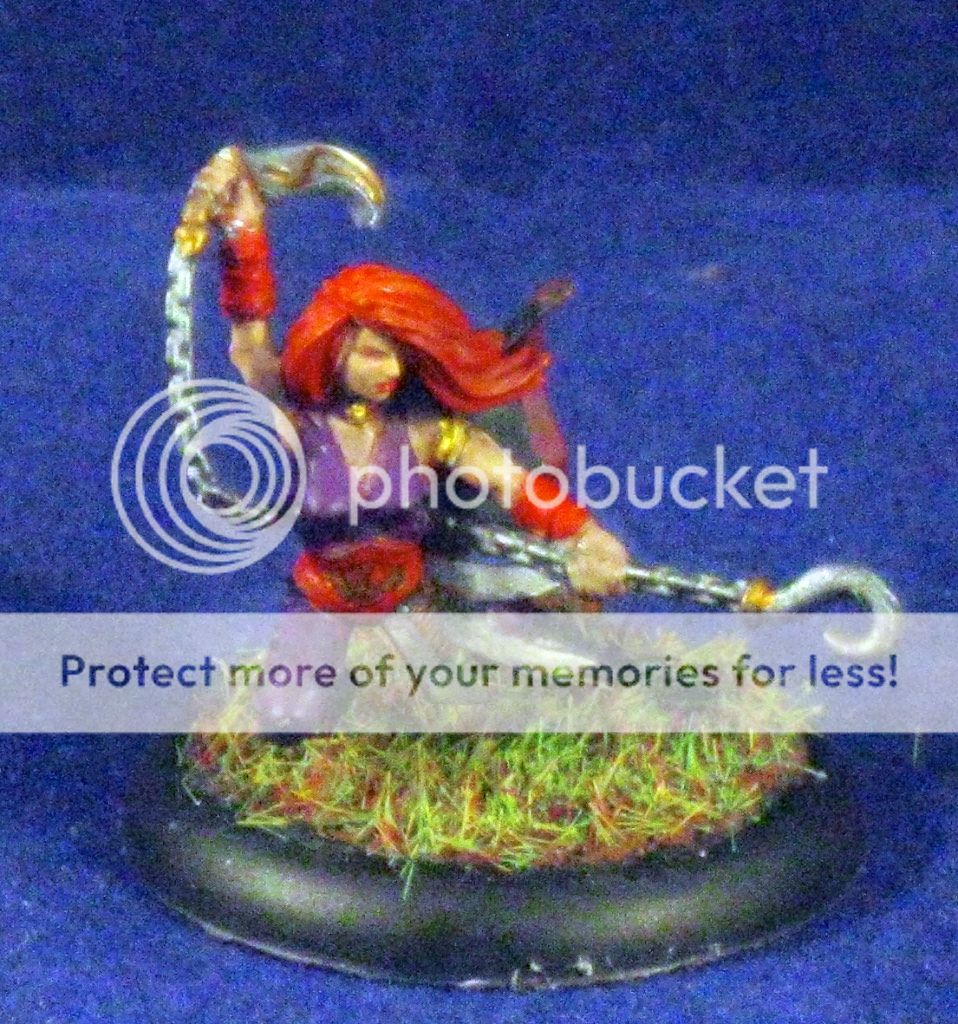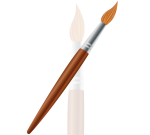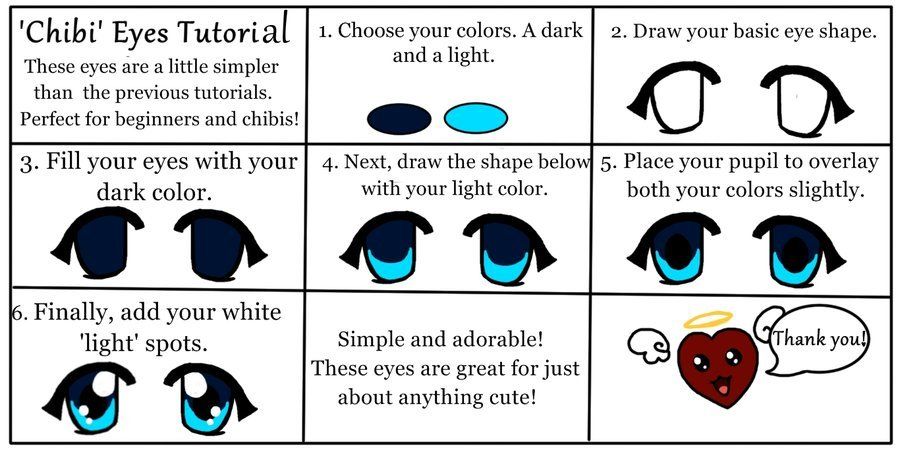Unboxing
I knew that there were 2 game boxes plus an unknown number of kickstarter bonus boxes coming my way. I was surprised with the size of the box that showed up on my step, initially believing that it was not the game I was waiting for. GCT did a fantastic job of fitting the shipping box very closely to the game boxes. I received 2 game boxes, one for the main game and one for the Docs of Ryu expansion, plus 1 large and 3 small boxes for the Kickstarter expansion models.Each of the game boxes included a double sided game board, a set of character cards for both the Ninja's and the Bosses, and a series of smaller cards for other parts of the game. The boxes (both game box and kickstarter boxes) were also full of models for all the guards (9 different guards), Bosses (3 different bosses), Ninjas (7 Ninjas), and a single dog and single princess objective. Overall I felt very satisfied with quantity of contents in the game.
Quality
The double sided game boards are beautiful and of excellent quality. The boards are set up as four quadrants which fold up nicely to fit within the box. The art on the boards is nice, although it tends to be a little dark. There are some really nice details in the art that can be hard to pick out, but the darker style fits with the stealth/ninja theme of the game.There are a lot of cards in this game. The stack of non-sleaved cards for the guard deck alone sits 2 inches tall once you add in the extra boss cards. Overall there is 4 decks:
- Guard deck - includes cards for the guards and boss to use
- Ninja Deck - includes 3 different types of cards to help the Ninja's out
- Mission deck - includes 2 board specific missions plus 8 other missions
- Escape Deck - includes cards that tell the ninja's where they need to go to escape the board
Lastly are the models, which are very much board game quality models. They are a softer plastic than wargaming models, which will make them more resilient for scooping back into a game box. There was a fair amount of bending on the weapons and general models, which should be able to be fixed with a hot/cold water dip. I was pleasantly surprised by the amount of detail each of the models has on them, which should really come out with painting. The models come in two different colors (red and orange / Grey and Green) to indicate guards who are alert and ninjas who are detected. There was some mismatch on some of the guard models with an uneven amount of red/orange models being shipped. This is limited to 6 models total, which means that once painted it will be easy to fix with a matching set of alert and non-alert models.
Initial Overall Thoughts
Starting with the game components, I am overall fairly pleased. I received a lot of models with this game, spending approximately $150 for what I got. I do not feel like I "got a deal", but that overall I spent the appropriate amount for what I received. The second most disappointing part of the contents was the choice GCT made to print the 7th Ninja character on the back of the core box cards. Considering this is printed on 3 different cards and the game is built to use 3 ninjas, it should not be an issue for game play.The most disappointing part of the game was the rule book. The rule book simply sucks. It's extremely difficult for figuring out how to play the game the first time, with a confusing layout and inadequate references. Determining specific rules and answering questions is very difficult, despite the rules index on the back of the rule book. The majority of the rules assume a basic level of knowledge with the rules, and rarely provide page references for finding that "pre-knowledge" the player is assumed to have. This made the first play through a very difficult thing for my wife and I. That disappoints me, as an experienced gamer I should not have such a difficult time learning a game.
Considering the game play I was able to figure out, I think there is a solid game here. I continue to have high hopes for this game, as I see some really intriguing mechanics. There are some key questions I have, which I'll need to get answered or assume house rules to keep the game play smooth. One such question occurs when a unalert guard moves to place a detected Ninja in his Sphere of Influence. Does the unalert guard automatically become alert or do they have to try and detect the Ninja? Further, if a detected Ninja is in the unalert guards sphere of influence, attacks the guard and fails, do they become detected or not? It's questions like these which are very difficult to answer in the rule book, but are key's to game play.
I'm looking forward to playing more games with the hope that once I learn the game I can piece together the game play and things will become smoother.

